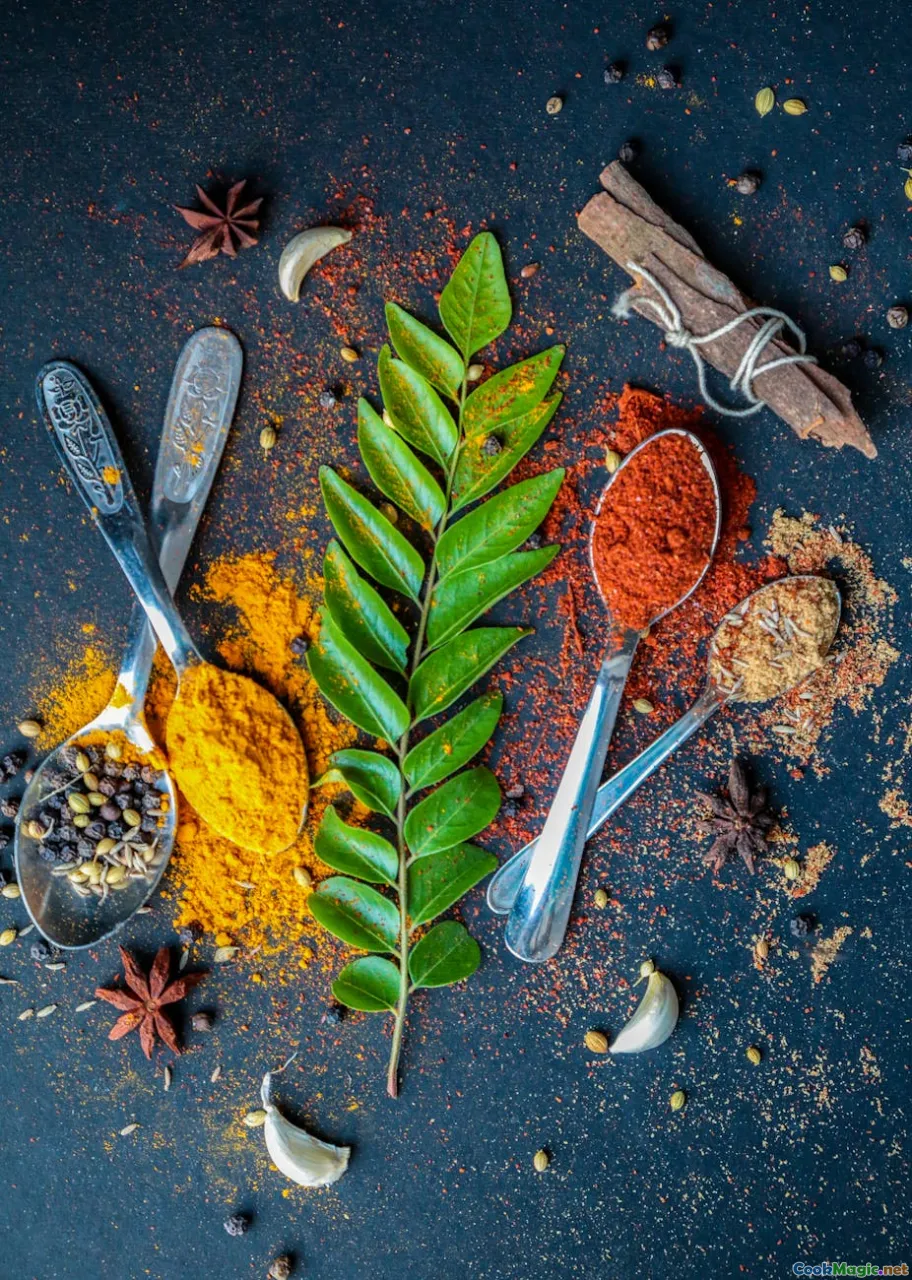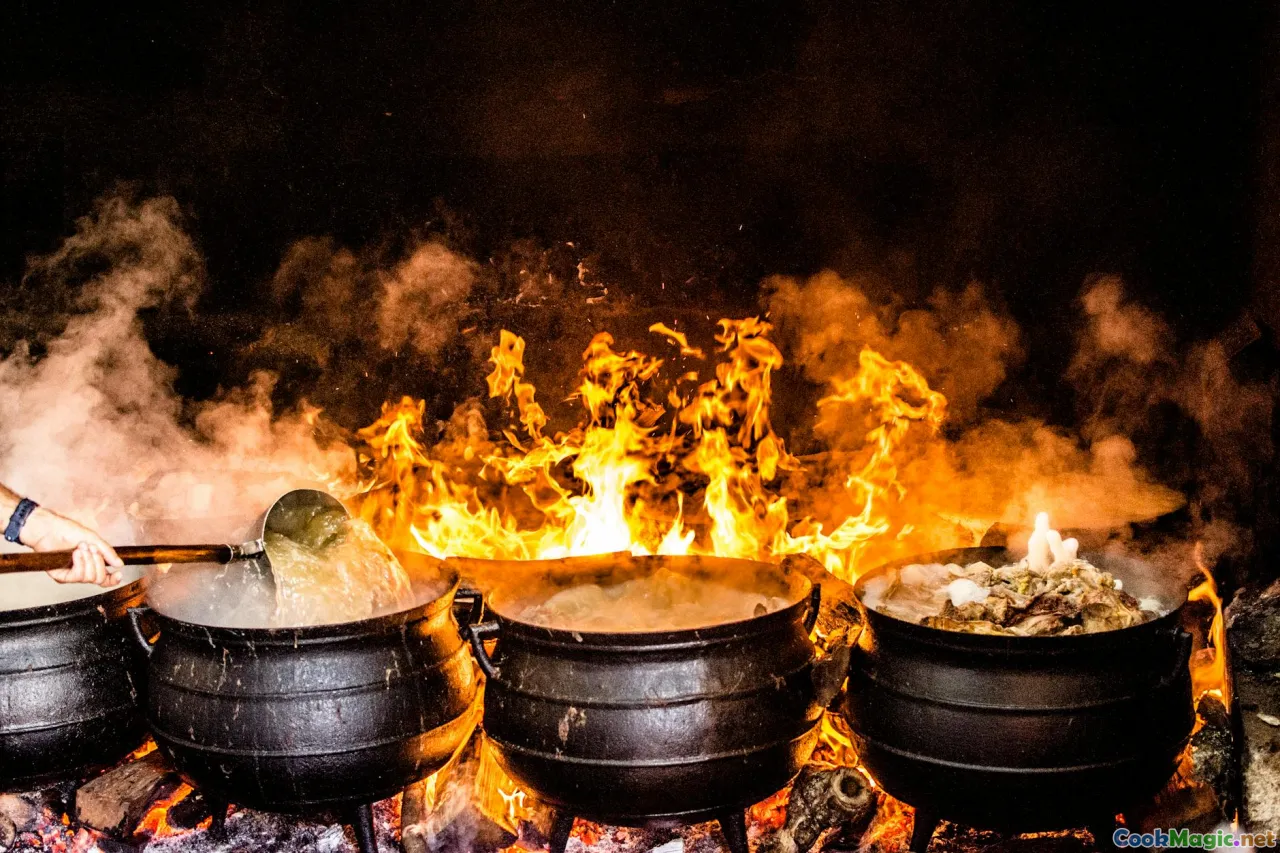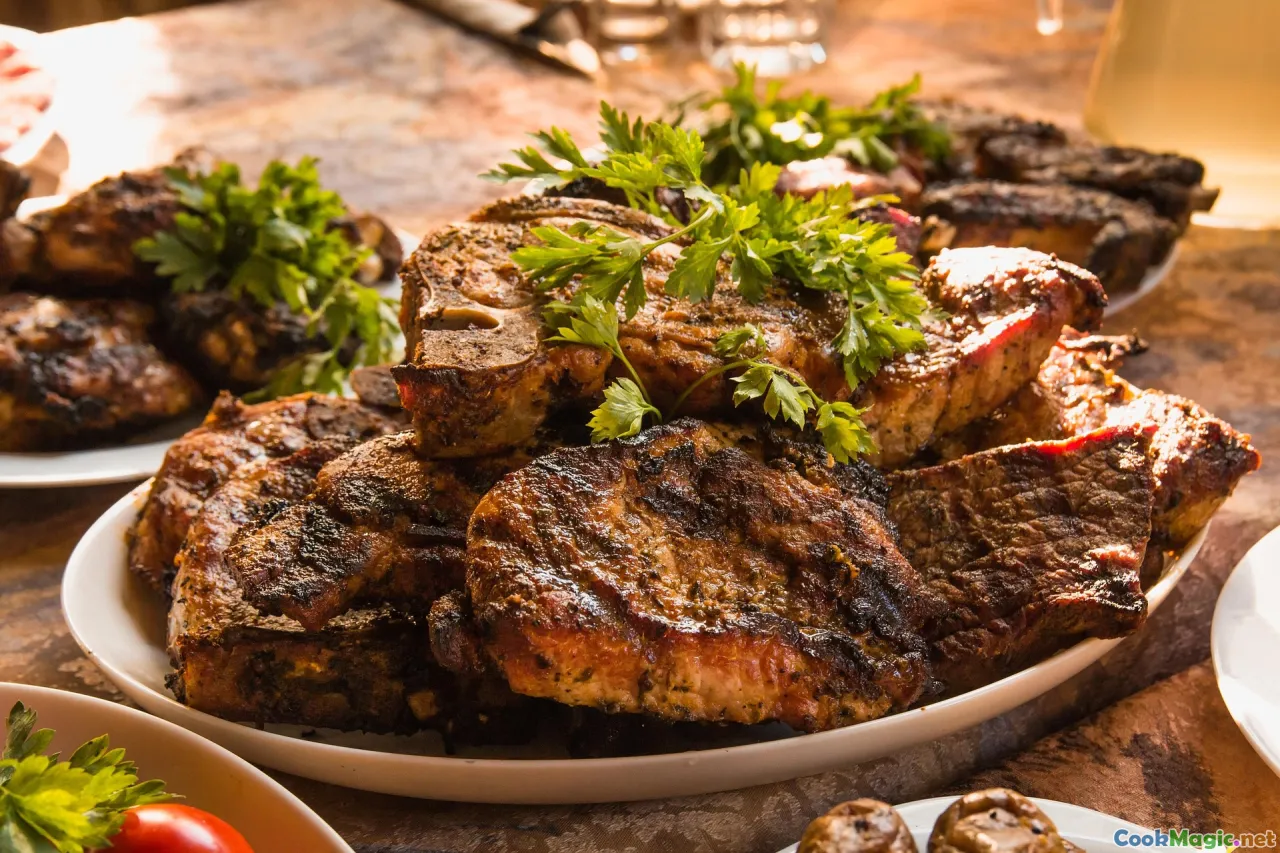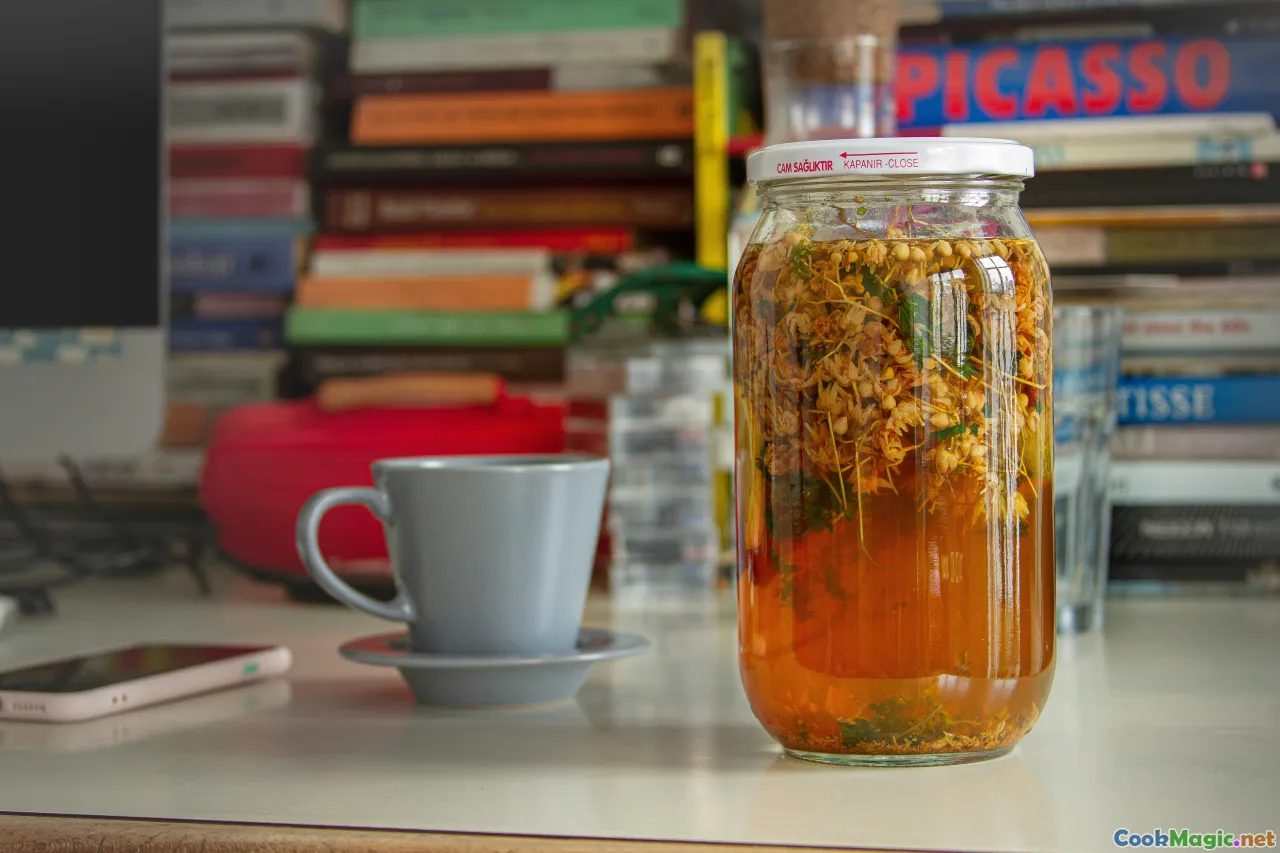Exploring the Unique Spices in Portuguese Sausage
11 min read Discover the distinctive spices that define Portuguese sausage and their role in enriching Portugal's culinary heritage. June 21, 2025 18:05
Exploring the Unique Spices in Portuguese Sausage
There’s something inherently poetic about the way a simple sausage can carry the rich tapestry of a nation’s history, culture, and culinary identity. Portuguese sausage, known locally as linguiça, isn’t just a meat product; it’s a symphony of spices, heritage, and tradition rolled into a flavorful casing that tells stories of seaside villages, colonial legacies, and age-old family recipes. As a culinary explorer, I’ve come to marvel at how these spices—carefully selected and masterfully balanced—transform humble ingredients into culinary masterpieces.
In this deep dive, we’ll wander through the aromatic landscape of Portuguese spices, uncover their historical roots, dissect popular varieties, and learn how to appreciate, and perhaps even recreate, this vibrant facet of Portugal’s cuisine.
The Heart of Portuguese Sausage: A Mélange of Flavors

Portuguese sausages are characterized by their bold, sometimes smoky, and invariably flavorful profiles. At the core of this delicious complexity is a carefully curated blend of spices, each adding its own note to the overarching melody. Unlike the more herby or spicy sausages from other regions, Portuguese varieties often feature a distinctive combination of garlic, smoked paprika, and wine, which together evoke feelings of rustic kitchens and seaside grills.
One cannot truly understand Portuguese sausage without appreciating its seasoning symphony. The traditional recipes, passed from generation to generation, are often guarded secrets, handed down like treasured heirlooms—each family’s secret blend is a testament to regional pride and history.
Key Spices Defining Portuguese Sausage

Garlic — The Pungent Heartbeat
Garlic is the soul of Portuguese sausuage. Its sharp, piquant aroma perks up every bite. Fresh garlic cloves are often mashed and kneaded into the mixture, releasing subtle sweetness and depth. A good Portuguese linguiça balances pungence with a hint of earthiness, leaving an inviting fragrance that fills the air as it’s grilled.
Smoked Paprika — The Red Whisperer
The deep-red hue of smoked paprika (pimentão defumado) is characteristic and visually striking. Its smoky richness enhances the savory profile, imparting a warm, gently sweet and earthy flavor. Originating from Spain but embraced wholeheartedly in Portuguese kitchens, smoked paprika contributes a rustic note reminiscent of woodsmoke and bay forests.
Bay Leaf — The Aromatic Signifier
Ground or whole, bay leaves are an integral part of many sausage recipes. They carry an aromatic brightness that lifts the sausage’s flavor profile, adding a subtle layer of herbal complexity. When slow-cooked, their essential oils seep into the meat, transforming ordinary sausage into a dish filled with depth.
Cumin — The Tangy Tiffer
Although not as universally used as garlic or paprika, cumin makes occasional appearances, particularly in regional variations. It imparts a warm, nutty flavor with earthy undertones, balancing sweetness and acidity.
Black Pepper — The Spicy Accent
Ground black pepper offers a piquant kick, sharpening the overall palette. It’s often freshly ground, giving the sausage a lively, warming sensation.
Regional Variations and Spice Profiles

Portuguese regions each have their own take on linguiça, and their spice mixtures reflect local ingredients, climate, and culinary traditions.
Minho and Northern Portugal
In the Minho region, near the Atlantic coast, sausages tend to be smoky and infused with wild herbs. Here, smoked paprika and garlic dominate, with a touch of hot chili powder in some versions, giving a fiery punch.
Alentejo — The Land of Simplicity
In the sprawling plains of Alentejo, the spice blends are more restrained, focusing on garlic, bay leaves, and occasionally fennel seeds, which lend a slightly sweet, licorice-like aroma to the sausages.
The Azores — Ocean-Kissed Flavors
Azorean linguiça incorporates local herbs like oregano and a hint of sweet paprika, with spices subtly embedded to complement the ocean’s bounty.
From Ancient to Modern: The Evolution of Sausage Spicing

Historically, Portuguese explorers carried their culinary knowledge across oceans, introducing spice influences from Africa, India, and the East. Cloves, cinnamon, and coriander made their way into certain regional recipes, adding surprising layers to traditional spice blends.
In contemporary kitchens, artisan butchers experiment with spice ratios or introduce unique ingredients like piri piri, fresh herbs, or even orangewood smoke to craft modern takes that retain traditional roots but appeal to evolving palates.
How to Detect Quality in Portuguese Sausages

The true essence of a quality linguiça lies in its spice harmony. A few pointers include:
- Aromatic complexity: A well-spiced sausage should smell inviting, with hints of garlic, smokiness, and herbs.
- Color: Rich reds from paprika without artificial hues; natural spices shouldn’t cause uneven coloring.
- Texture: Coarse-grained meats with visible specks of spice and fat indicate careful curing.
- Taste: Flavorful, balanced, not overly salty or overpowering.
Cooking and Celebrating the Spices

To truly appreciate these spices, the cooking method matters. Grilling over wood or charcoal allows smokiness and the caramelization of spices, mimicking ancestral grilling traditions.
In stews like Caldo Verde or during festive Festas, linguiça throws flavor confetti over the table—each bite richer with spices that tell tales of sun-dried landscapes, lush forests, and lively markets.
Personal Insights: The Spice Journey
As someone who has traveled across Portugal, the one thing that remains consistent is the love and pride embedded in each sausage. From the bustling markets of Lisbon to the serene vineyards of Dão, I’ve felt the warm aroma of spices wafting through alleyways, beckoning locals and visitors alike.
My fondest memory was savoring a dome-shaped linguiça along the Ribeira in Porto, its smoky, spicy interior warmed by the cool Atlantic breeze. It’s a testament that spices are more than flavor—they evoke emotion, history, and a shared sense of community.
Bringing Portuguese Spices into Your Kitchen

While not every home chef has access to traditional recipes, understanding these core spices empowers you to experiment. Mix garlic powder with smoked paprika, a pinch of cumin, bay leaf powder, and black pepper to craft your own signature sausage seasoning.
Try adding sautéed slices of your homemade linguiça to a vegetable skillet or fold them into a hearty bean stew. Using quality ingredients and balancing spices is key to capturing the authentic spirit.
Portuguese cuisine’s magic lies in its bold simplicity. Each spice is a brushstroke in an art piece—inviting you to taste history, culture, and the passionate soul of Portugal, one flavorful bite at a time.
In embracing these unique spices, you’re not just cooking—you’re extending an invitation to a centuries-old culinary voyage, one that continues to thrive through whispers of smoked paprika and garlic in every sizzling sausage.









